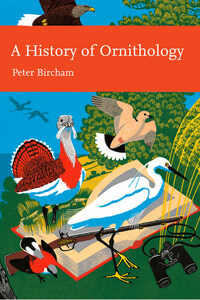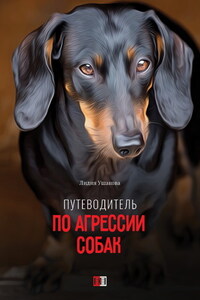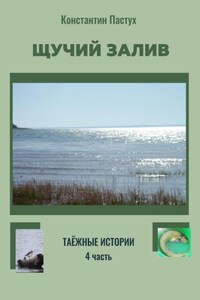SARAH A. CORBET, ScD
PROF. RICHARD WEST, ScD, FRS, FGS DAVID STREETER, MBE, FIBIOL JIM FLEGG, OBE, FIHORT PROF. JONATHAN SILVERTOWN *
The aim of this series is to interest the general reader in the wildlife of Britain by recapturing the enquiring spirit of the old naturalists. The editors believe that the natural pride of the British public in the native flora and fauna, to which must be added concern for their conservation, is best fostered by maintaining a high standard of accuracy combined with clarity of exposition in presenting the results of modern scientific research.
THE VOLUMES OF the New Naturalist library have generally examined particular places, habitats, or groups of species. The naturalists themselves have of course had walk-on parts, but very few of the 103 previous titles have taken as their main theme the people who have studied the wildlife, or the story of how our knowledge of the subject has developed. This addition to the series is different. It sets out to survey the history of ornithology in Britain spanning a millennium, to assess the worth of its components and their place in the grand scheme of things, and then to present the outcome with appropriate balance and in a palatable manner. This is indeed a mammoth task, but it is one that Peter Bircham has accomplished most successfully, producing a cover-to-cover read of continuing interest and fascination from what might be deemed to be the driest of base materials. He has also accomplished the task with style, his enthusiasm for both the underlying researches and the compilation of the text shining through each chapter.
With a background in continuing education, and based in Cambridge, Peter Bircham is well placed to handle the necessarily extensive sifting of both the archival and present-day researches and researchers, and to present the product to great effect. Inevitably, detail from the Middle Ages is scanty, but from the sixteenth century onwards the quantity of material to be sifted grows rapidly. Not only was there more interest in the natural environment and its inhabitants, but much more information was placed on record in one way or another. Then, as now, there were disputes over vernacular names and over taxonomy, with cyclic prevalences of splitters and lumpers, although at a rather more basic level than today. Many readers will be astonished at how little the concerns of the ornithologists have changed, and at how recently some of todayâs everyday birds were separated one from another.
Through time, the gradual attitudinal shift from hunting and collecting towards conservation is revealed, although sadly this transition has not yet been fully accomplished. Revealed too is the gradual, but now rapidly accelerating, shift from âwhatâs hit is history, whatâs missed is mysteryâ of the stuffed specimen to the technology of field identification of the live bird in the wild, brought about by a combination of observer skills and optical developments which allow feather-by-feather analysis. This, as the reader will discover, is not without intrigue, even dishonesty, along the way.
The pen-pictures of the ornithologists themselves show a gradual progression, from a handful of enthusiasts and scholars in the earliest days, to the mainly wealthy amateurs with ample time for field observation of the eighteenth, nineteenth and early twentieth centuries, then on to not much more than a handful of university academics before the post-1950 burgeoning of both the pursuit of birdwatching and the science of ornithology. The status of the amateur birdwatcher has been raised, first from crank to harmless eccentric, then to an interesting component of the social community, and finally to a respected contributor to a rapidly accumulating amateur/professional science base. The more extreme exertions of todayâs twitchers, seeking rarities often in far-flung places, may be viewed by some as a return to the eccentricity of old, but none can deny the field skills of those seeking and identifying these vagrants to our shores. And the science of ornithology has grown alongside the skills of the observers, so that by the start of the twenty-first century the study of birds has developed to the point where it can play a key role in fundamental biological investigation.








